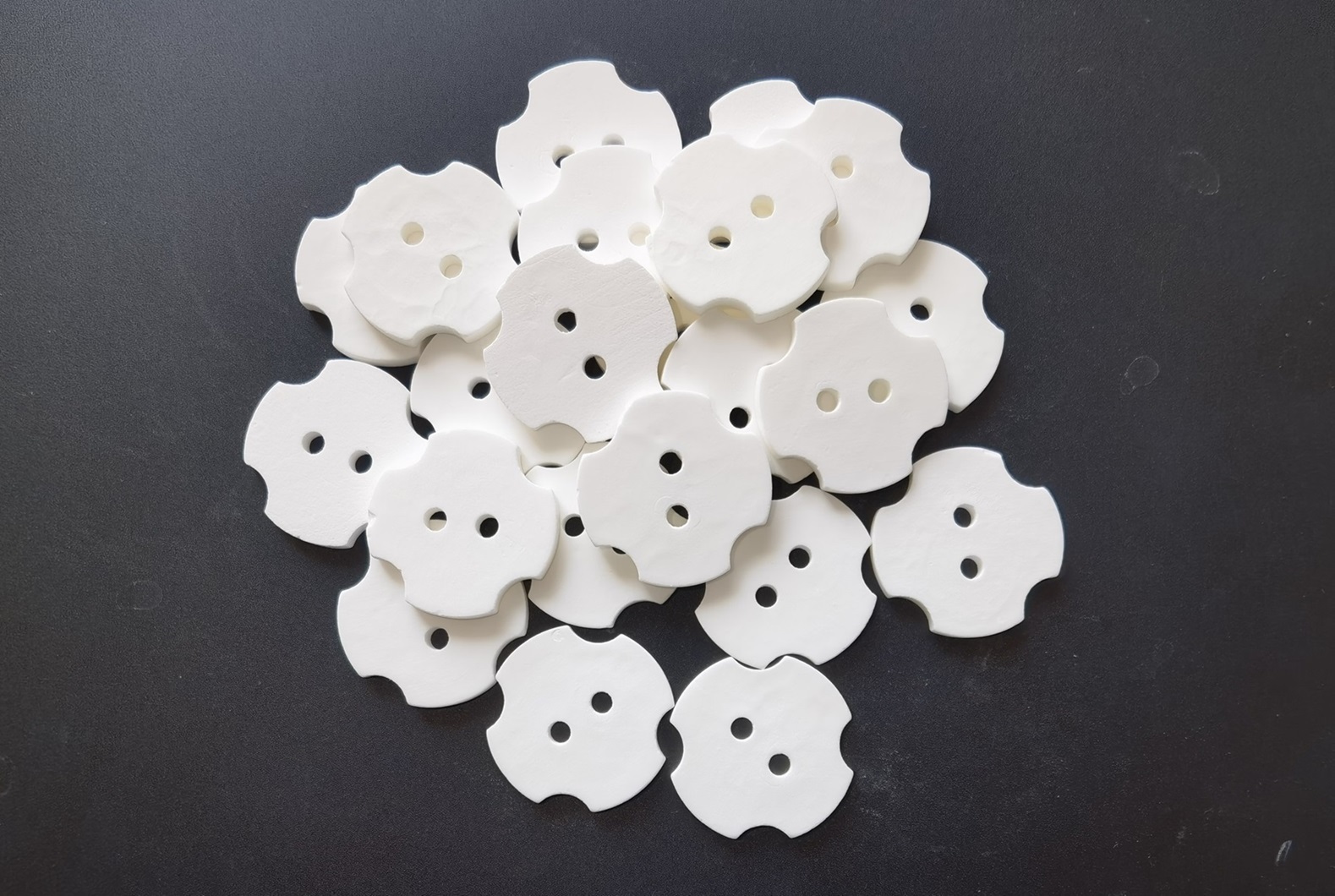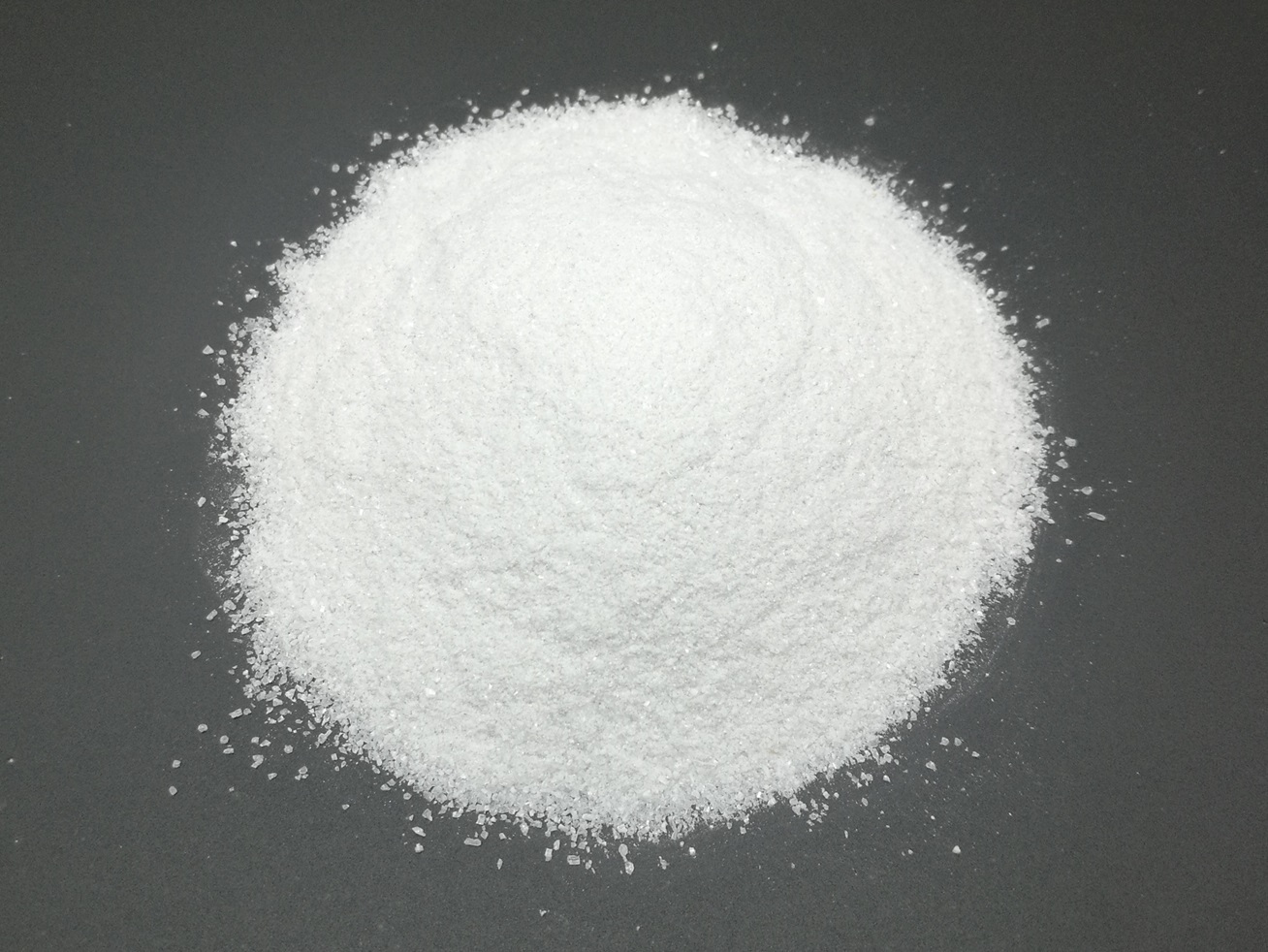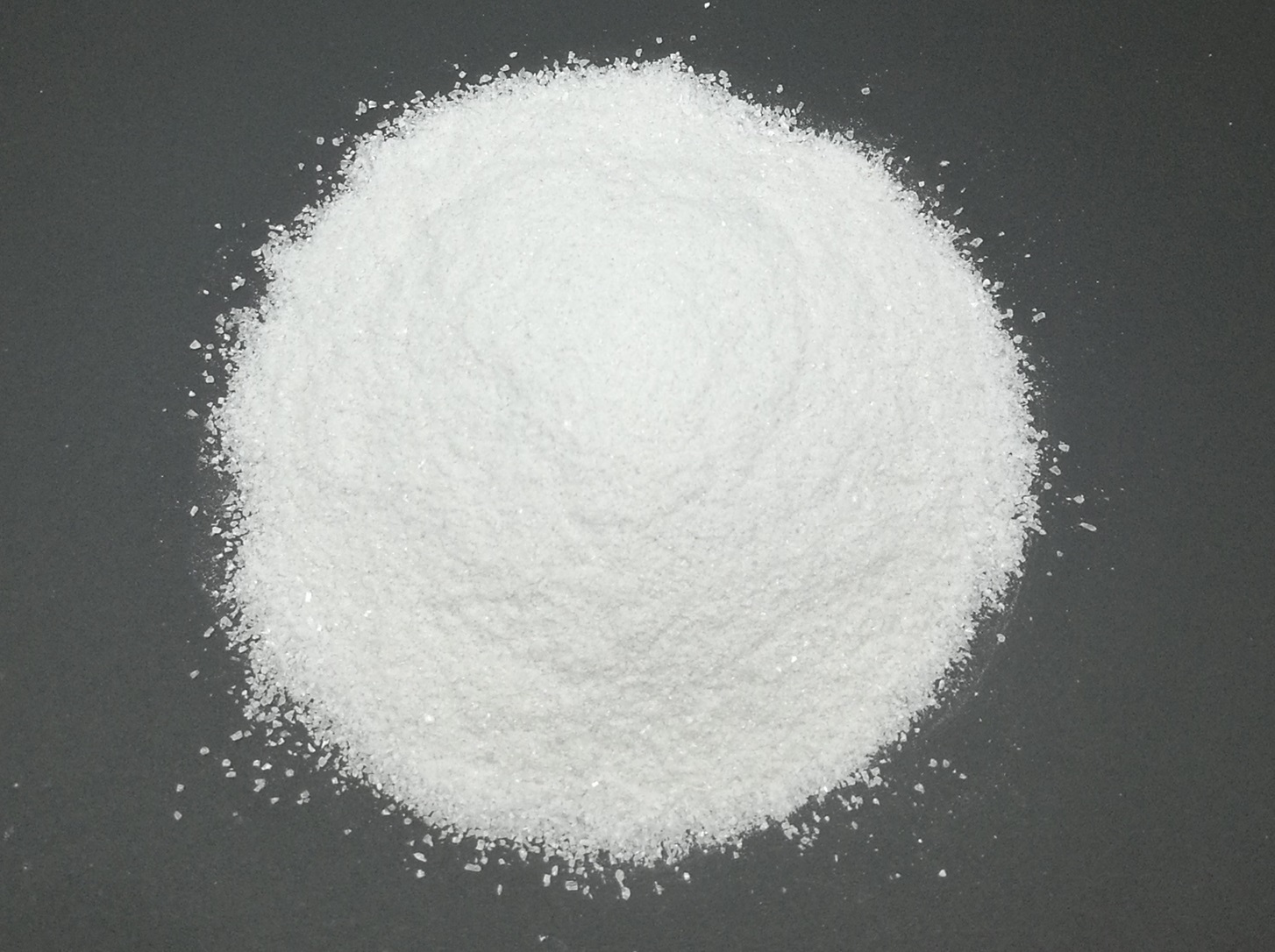Magnesia Ceramic
Magnesia Ceramic
Magnesia melts at 5070 ºF (2800 ºC), similarly to zirconia, making them the oxides with the highest melting points. Due to high thermal and chemical stability, Magnesia is widely used in refractory applications.
Magnesia Ceramic is the most commonly used crushable ceramic consisting of at least 90% of MgO, because it possesses excellent thermal conductivity and is extremely resistant to electrical conductivity. MgO is also known for its ability to lower the effect on glaze thermal expansion.
Magnesia ceramics are stable up to 4170 ºF (2300 ºC) in oxidizing atmosphere and up to 3090 ºF (1700 ºC) in reducing atmosphere. Magnesia ceramic materials are produced in tight high-density form (porosity less than 1%) and in porous form (porosity up to 30%).
Magnesia ceramics possess the following properties:
- High thermal stability;
- High resistance to molten metals (iron, steel, aluminum), slags and semiconductor compounds;
- Good corrosion resistance even at high temperatures;
- Good insulating properties;
- Good thermal conductivity;
- Infrared transparency.
Magnesia ceramics are used for manufacturing high temperature crucibles, thermocouple tubes, heating elements, foam ceramic filters for molten metal, insulators, steel making refractories, kiln furniture.
Recommended Products
Ceramic components are finished ceramic products with high purity fused magnesia or aluminum oxide as the main raw material.

undefined
Nanostructured MgO can be prepared through different chemical (bottom-up approach) or physical (top-down approach) routes. The characteristics of Nano MgO increase its utility manifolds and it also has various other properties such as high melting point, cost-effective production, biodegradability and biocompatibility.






